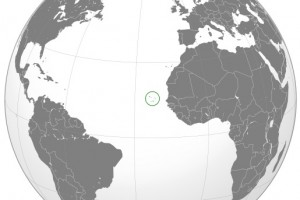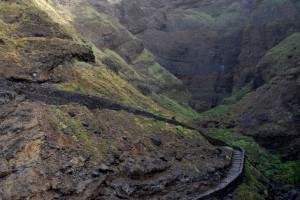You know the mixed blessings presented by tourism. The economic benefit: obvious. But — with success comes a flood of tourists, leaving your citizens jaded and soulless with nothing but shitty jobs running souvenir t-shirt shops and ice cream stands.
So, how can your country cultivate such wondrous potential while steering clear of its pitfalls? Look to Cape Verde, an archipelago of unrivaled beauty and adventure…that no one has ever heard about.






